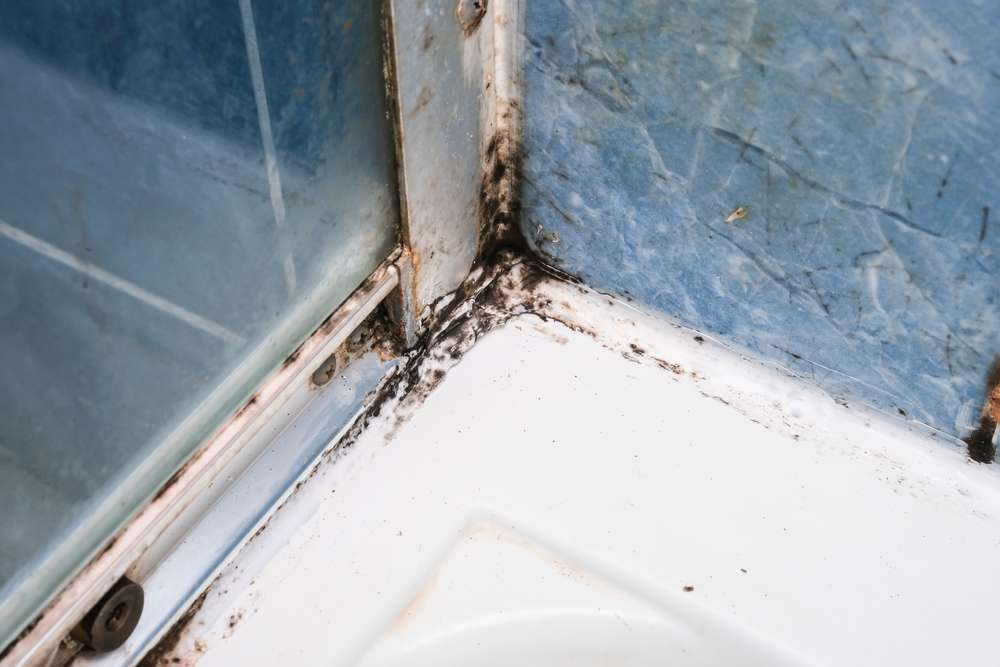Grout and sealant maintenance to prevent staining and leaks
Effective grout and sealant care reduces staining and leaks by controlling moisture, improving drainage and preserving tile assemblies. This article outlines practical inspection routines, suitable materials, and straightforward upkeep steps that support durability, reduce mold risk and align with sustainable retrofit choices for long-term bathroom performance.

Proper upkeep of grout and sealant is essential to prevent staining, leaks and the secondary issues they cause, such as mold growth or water damage to finishes and structures. Regular inspection, prompt minor repairs and attention to environmental controls—ventilation, drainage and humidity management—keep tiled areas functional and hygienic. The following sections cover how tiling, grout and sealants work together, what to check routinely, material choices that support sustainability, and simple maintenance actions to reduce the likelihood of stains and leaks.
How does ventilation affect moisture and humidity?
Ventilation is the first line of defense against prolonged moisture exposure. Bathrooms with limited airflow can trap humidity after showers, encouraging grout discoloration and softening sealants over time. Use mechanical extraction or timed fans to lower relative humidity quickly after use, and consider passive measures such as trickle vents or periodically opening windows where climate and privacy allow. Proper ventilation reduces drying time for grout and sealant joints, slows mold colonization and lengthens the effective life of both materials while supporting overall indoor air quality.
How should tiling and drainage prevent water pooling?
Correct tiling slope and an effective drainage layout prevent water from pooling on horizontal surfaces, which is a common contributor to staining and joint deterioration. Ensure floor finishes have an appropriate fall toward drains and that grout lines are continuous without gaps near fixtures. Check that shower trays, linear drains and fixture positions do not trap water against vertical seals. Simple retrofitting measures—regrading thresholds, installing low-profile drains, or adjusting fixture locations—can improve drainage without full renovation and reduce the frequency of grout and sealant failures.
What is the role of grout in preventing stains and leaks?
Grout forms the matrix between tiles and plays both an aesthetic and functional role. Cementitious grout can be prone to absorbing stains and degrading with repeated wet–dry cycles unless sealed properly; epoxy grouts resist staining and moisture but are harder to repair. Regular sealing of porous grout reduces capillary uptake of water and contaminants. Inspect grout for cracks, voids or erosion—these are early signs water can bypass the tile layer. Spot repairs and regrouting small sections when needed prevent water reaching substrates and limit progressive damage.
How to choose and maintain sealant for longevity?
Sealant (usually silicone or polyurethane) accommodates movement at joints and interfaces with fixtures, and selection should be based on application: choose mildew-resistant, paintable or high-movement-rated formulations appropriate to the substrate. Maintain sealant by removing loose, discolored beads and replacing them before gaps appear. Clean joints with nonabrasive cleaners and avoid solvent-based treatments that can break down existing seals. For sustainability, select products with lower volatile organic compound (VOC) levels and longer service intervals to reduce lifecycle environmental impact.
How can lighting, storage, and accessibility reduce moisture problems?
Good lighting helps identify damp spots, discoloration and failing joints early, enabling prompt maintenance. Thoughtful storage design—keeping frequently used items off the floor and away from wet zones—limits water retention near grout and sealant lines. Accessibility considerations, such as making seams reachable for cleaning and future repairs, reduce the tendency to delay maintenance. For retrofit projects, designing access panels or removable trims around fixtures can simplify resealing and inspection, making ongoing upkeep less intrusive and more likely to be performed.
What regular maintenance prevents mold and supports retrofitting?
Establish a simple routine: visual checks monthly, cleaning of grout and seals with pH-neutral cleaners as needed, and a full inspection every 6–12 months. Replace failing sealant and reapply grout sealer according to product guidance or if absorption tests show darkening. When planning retrofits, prioritize breathable substrates and moisture-tolerant adhesives, and consider upgrading ventilation or drainage components. These interventions not only reduce mold risk and staining but also align with longer-term sustainability goals by extending service life and avoiding frequent full replacements.
Conclusion
Focused care of grout and sealant—paired with adequate ventilation, correct tiling and reliable drainage—reduces staining, water ingress and the health and structural risks associated with mold. Regular inspections, timely spot repairs, appropriate material selection and small retrofit improvements preserve finishes and performance while supporting more sustainable maintenance cycles.





